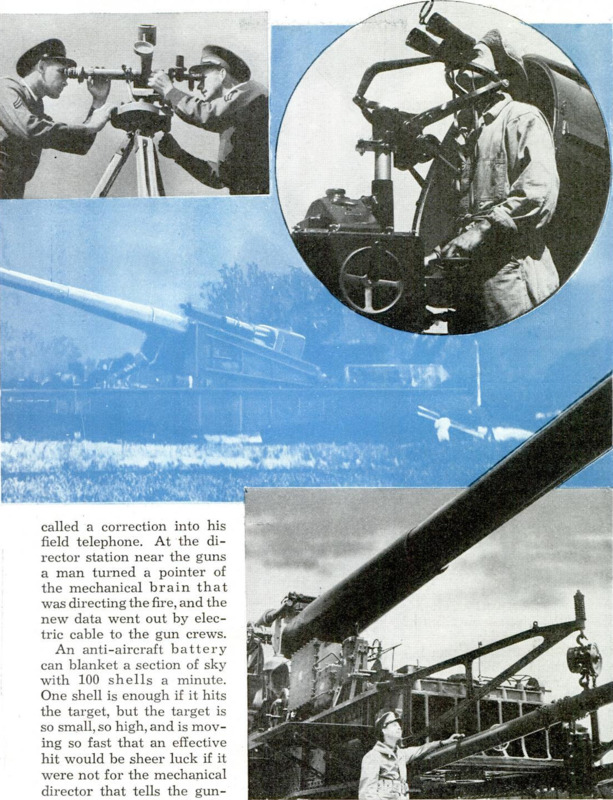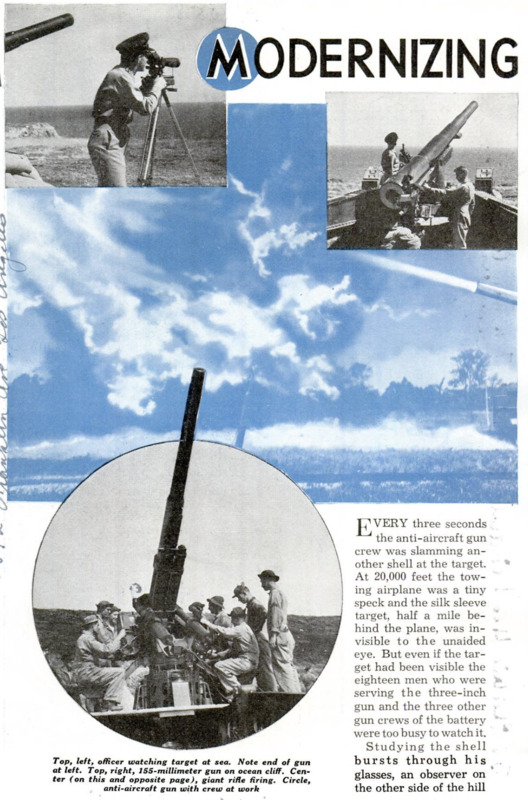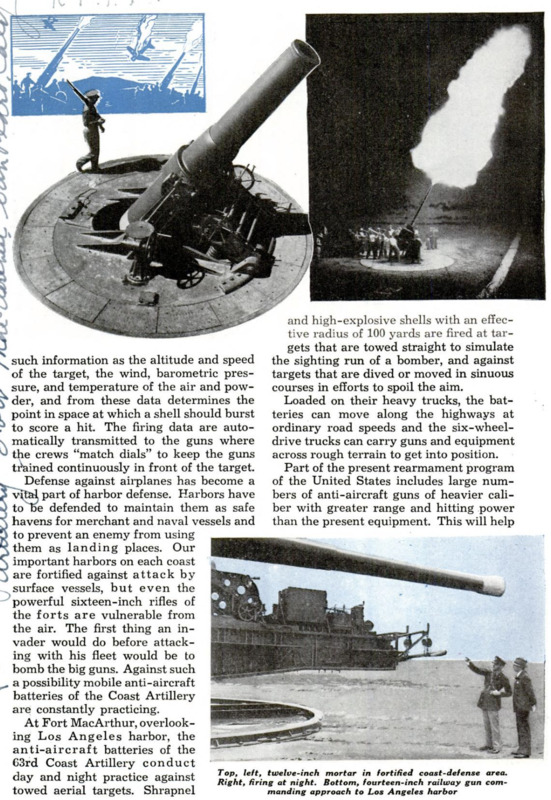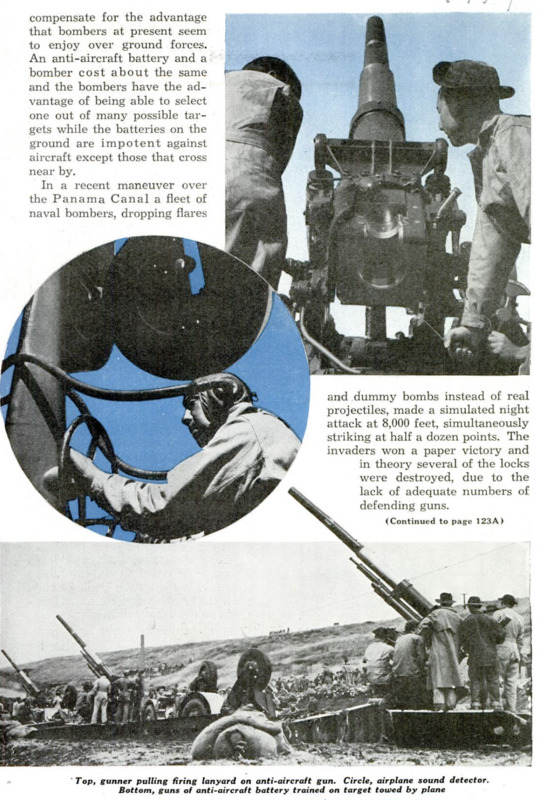Modernizing Our Coast Defense
Contenuto
- Titolo
- Modernizing Our Coast Defense
- Article Title and/or Image Caption
- Modernizing Our Coast Defense
- Lingua
- eng
- Copertura temporale
- World War II
- Data di rilascio
- 1941-01
- pagine
- 72-75, 123A, 124A
- Diritti
- Public Domain (Google digitized)
- Sorgente
- Google books
- Referenzia
- Fort MacArthur
- Los Angeles
- United States of America
- Panama Canal
- Gibraltar
- San Francisco
- World War I
- Alaska
- Panama
- Archived by
- Enrico Saonara
- Alberto Bordignon (Supervisor)
- Copertura territoriale
- United States of America








